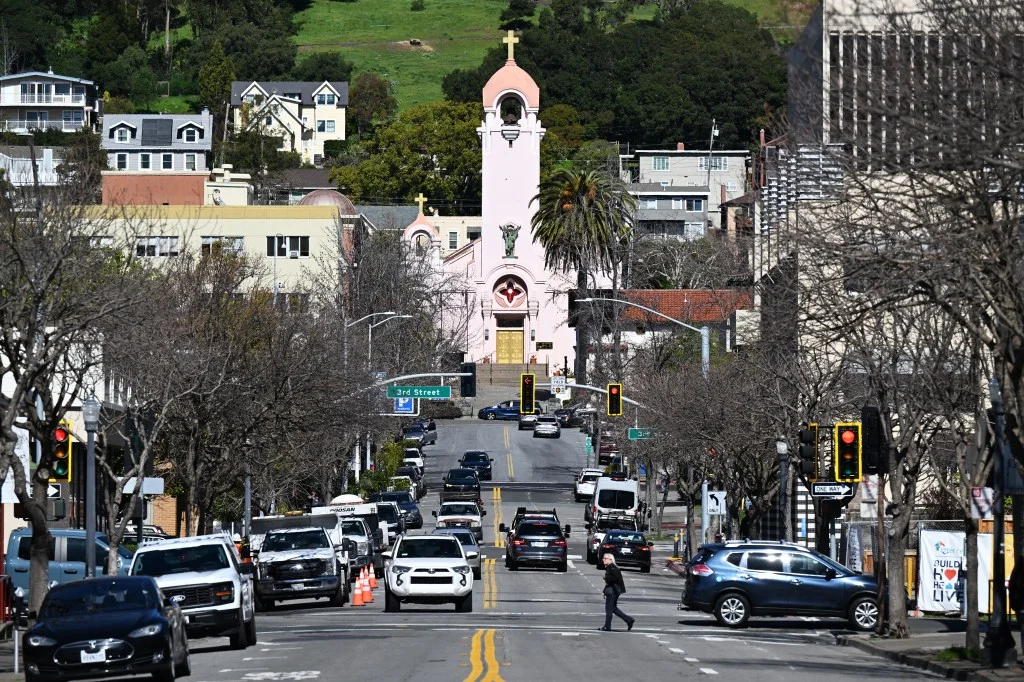
Is California’s Population Boom Leaving Some Areas Behind?
California is experiencing a notable population resurgence, but beneath this growth lies a tale of disparity that raises questions about regional equity and economic health. As the state added over 108,000 residents in 2024, reaching nearly 39.5 million, pockets like Marin County and San Francisco are witnessing declines, highlighting challenges in housing, jobs, and demographics.
According to recent data from the California Department of Finance, the state's population increased by 0.28% from January 2024 to January 2025, marking the second year of growth post-pandemic. This rebound is driven by factors such as increased immigration and more births than deaths. However, not all regions are sharing in this success. Marin County, for instance, saw a slight decline of 193 residents in 2024, dropping from 254,743 to 254,550, continuing a downward trend since 2020. Experts like Robert Eyler, an economics professor at Sonoma State University, attribute this to high home prices, slow job growth, and limited housing development. "Slower jobs growth, relatively high home prices, and lower birth rates are key factors," Eyler noted, suggesting that Marin's unincorporated areas bore the brunt, losing 357 residents.

In contrast, Shafter, a small city in the Central Valley, emerged as California's fastest-growing area, with a 4.7% population surge fueled by new housing units. John Boyne, a research specialist with the Department of Finance, explained that Shafter added 309 single-family homes, attracting families to its agricultural and industrial opportunities. This growth underscores a broader trend in inland regions like the Central Valley and Inland Empire, where counties such as Fresno saw a 0.9% increase. Meanwhile, San Francisco bucked the state trend with a 0.4% dip, losing about 3,000 residents, leaving it at around 842,000—still the fourth-largest city but far from its pre-pandemic peak.
Comparisons reveal stark divides: While Bay Area counties like Napa grew by 0.5%, Marin's stagnation highlights issues of affordability and aging populations. Walter Schwarm, the state's chief demographer, pointed to low immigration and flat enrollment as contributors to Marin's woes, adding that slow housing production exacerbates the problem statewide. In 2024, California added 125,228 new residences, a 0.84% increase, but areas like Wasco nearby Shafter saw losses due to housing demolitions and prison population declines. This "tale of two cities," as Boyne described, reflects how local factors like industrial expansion in Shafter drive growth, while high costs in urban centers lead to outmigration.

As California stabilizes, experts like Abby Raisz from the Bay Area Council Economic Institute emphasize the role of foreign immigration in overall gains. Yet, without addressing housing shortages, these disparities could widen, impacting economic recovery. What does this mean for California's future?
In summary, while the state's population growth signals recovery, regional declines in Marin and San Francisco underscore ongoing challenges in housing and jobs. This uneven boom raises critical questions: Will California bridge these gaps, or will some areas continue to lag? We invite readers to share their thoughts—how do these trends affect your community? Leave a comment below and help us explore this evolving story.